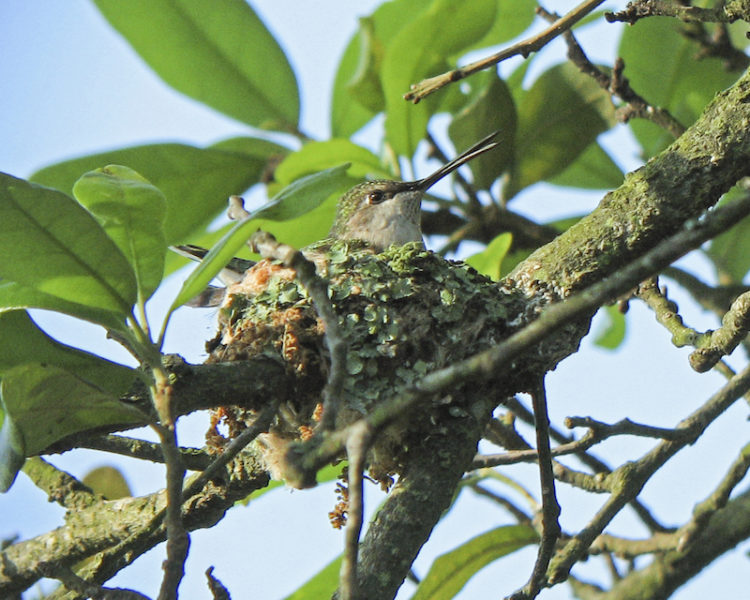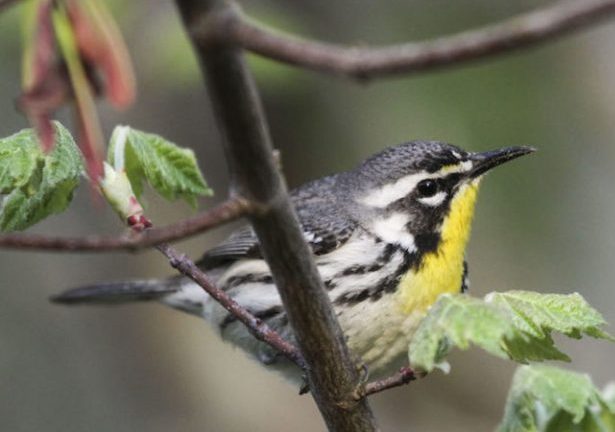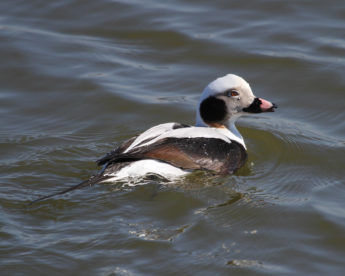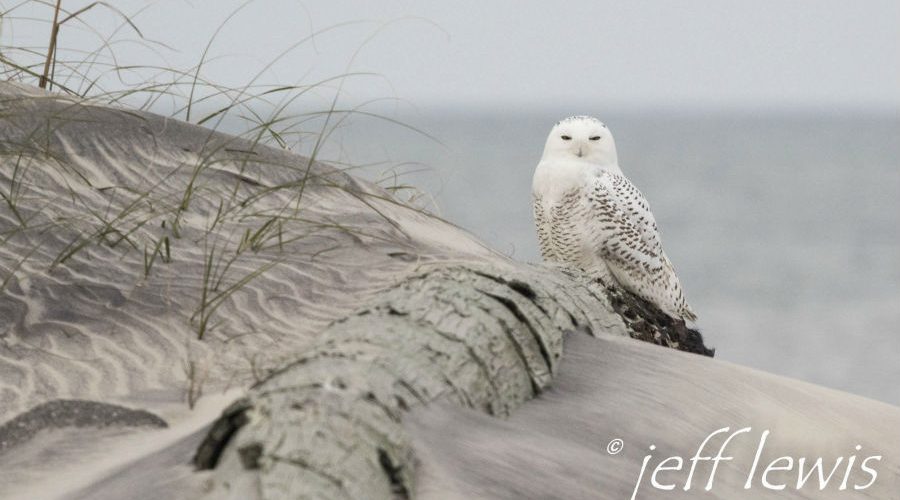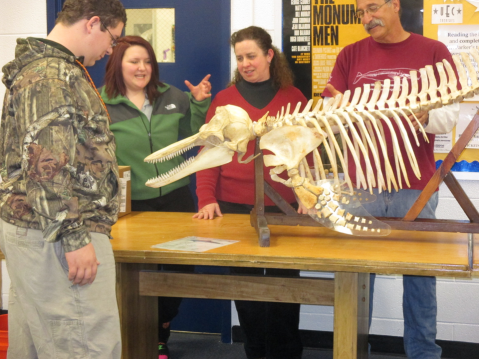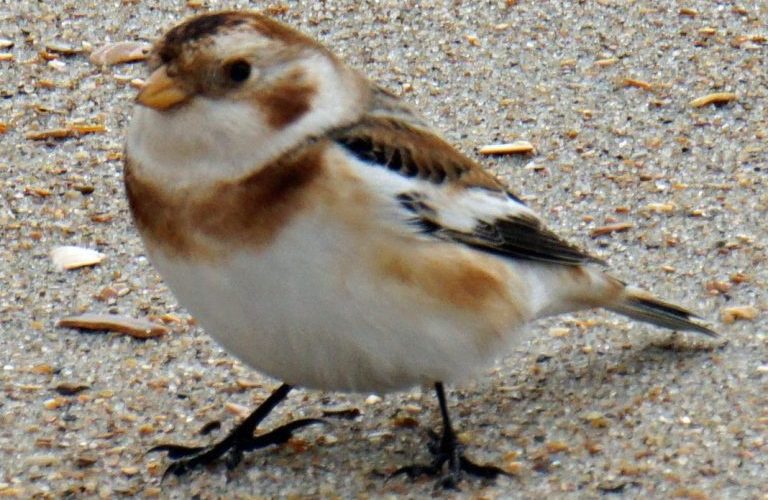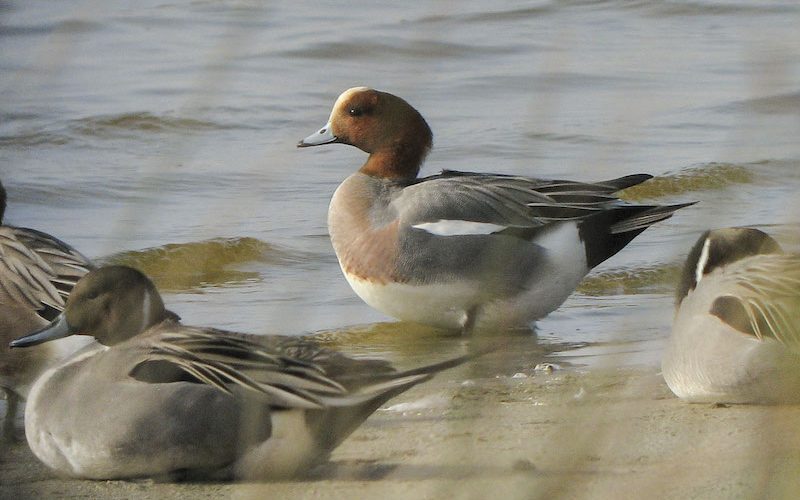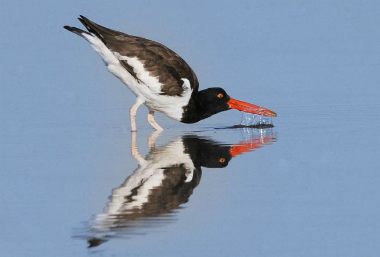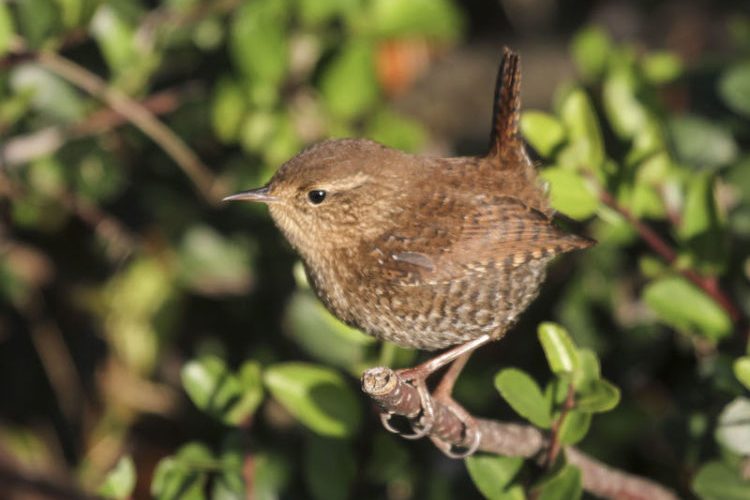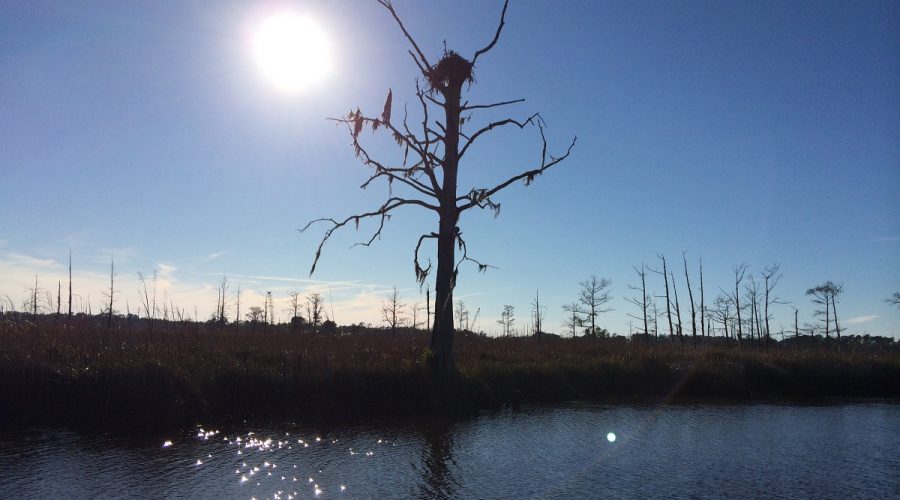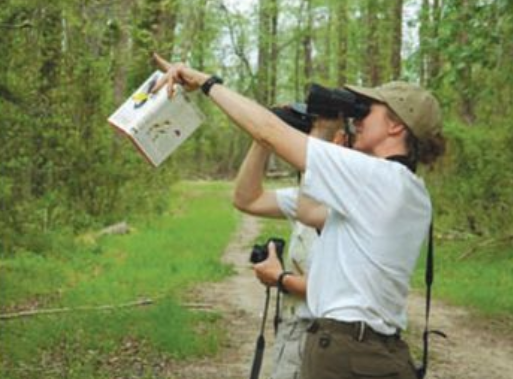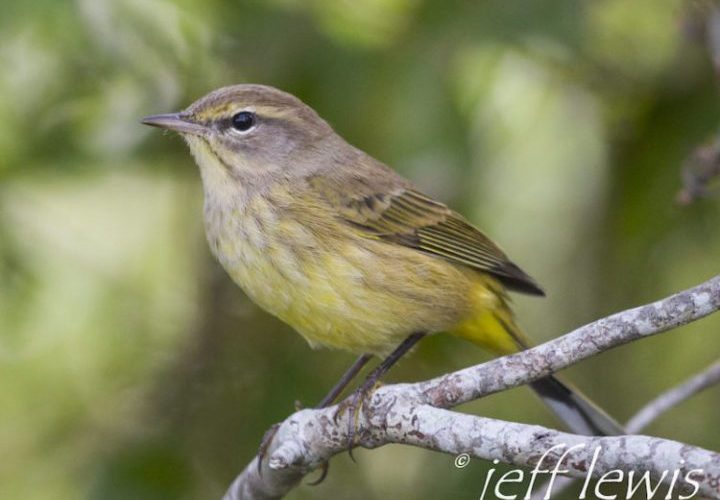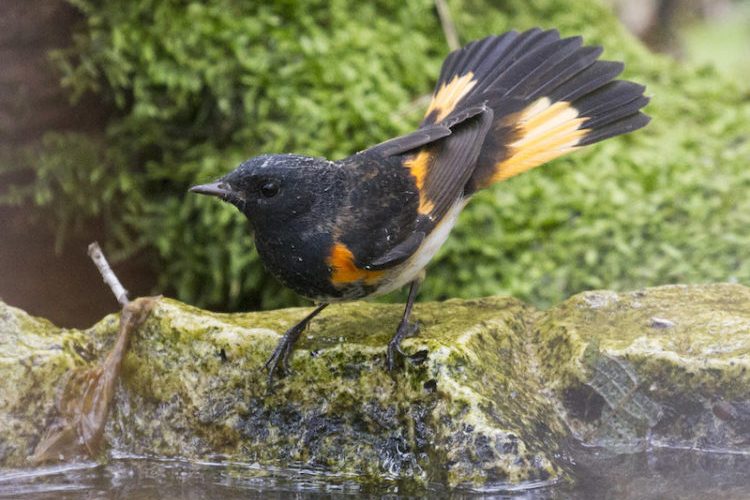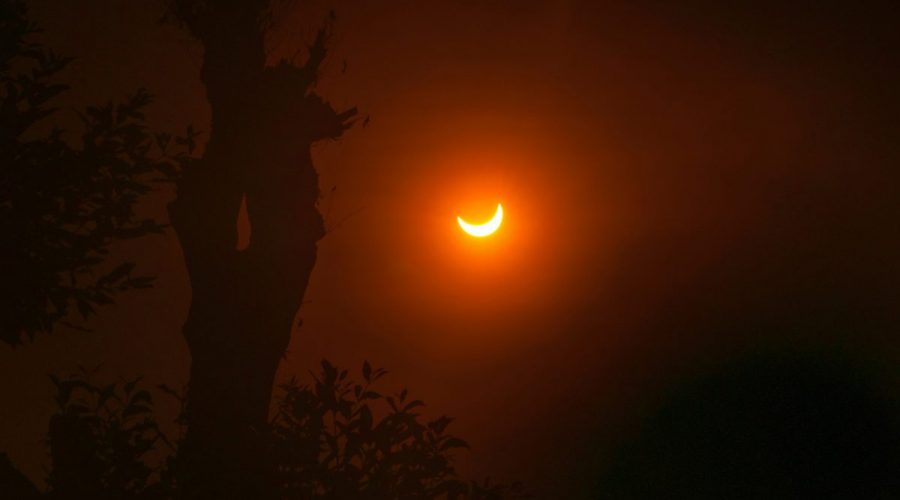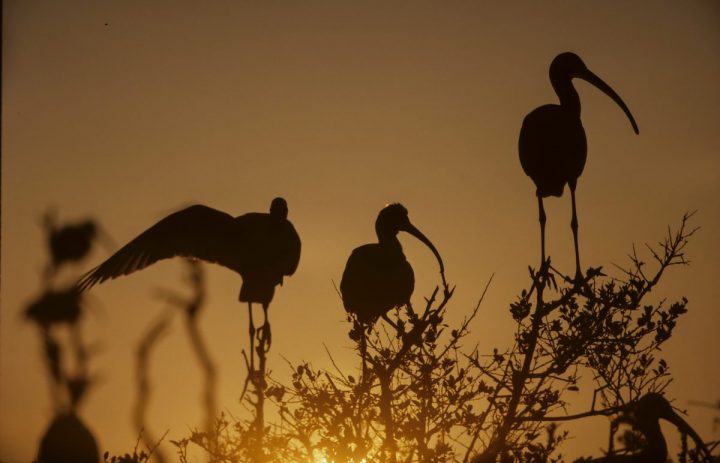What is your favorite bird? Outer Banks birder Jeff Lewis says this month brings a variety of newly arrived songbirds from which to choose.
Wildlife & Nature
March Birding: Fewer Species this Month
Though March is a transitional month for birdwatchers, there are a handful of birds to keep an eye out for including the swallow-tailed kite, Bonaparte’s gulls, yellow-throated warblers, cedar waxwings and more.
February’s Wind, Cold Draw Great Birds
Outer Banks birder Jeff Lewis encourages bird watchers to bundle up and see what birds the cold weather brings to the area during February.
Coastal Owls: Mysterious, Misunderstood
Outer Banks birder Jeff Lewis shares his enthusiasm for the owls of eastern North Carolina, creatures he says are fascinating but misunderstood.
New Whale Skeleton Museum Taking Shape
A new building to house the Bonehenge Whale Center in Beaufort should be completed this year, says Keith Rittmaster, natural science curator at the N.C. Maritime Museum.
Birds of Ocracoke: The Snow Bunting
Peter Vankevich with the Ocracoke Observer fills readers in on the habits of snow buntings, migratory birds most likely to be seen on the upper Outer Banks from late October into March.
December Brings New Birds, Annual Count
December brings migratory waterfowl to the N.C. coast, just in time for Audubon’s Christmas bird count, and the northeastern part of the state offers ample opportunities for bird-watching.
Shorebird Banded 17 Years Ago Brings Hope
The recent recapture of an American oystercatcher at Masonboro Island, one banded 17 years ago in Georgia, was cause for celebration among groups working to help the species recover.
Winter Birds Are Arriving On The Outer Banks
Jeff Lewis, an expert on birds and bird-watching, writes for his November column about winter birds, like the yellow-bellied sapsucker, brown creeper, winter wren, waterfowl and other birds you might find this time of year on the Outer Banks.
Eagles Island Stewards Look To Expand Effort
Stewards of the marshy wilderness known as Eagles Island, just off the busy U.S. 74/76/17 interchanges near Wilmington, hope to turn the area into a recreational and educational attraction.
Coastal Birding Trail Marks 10th Anniversary
Officials and about 100 attendees, including N.C. First Lady Kristin Cooper, recently celebrated on the Outer Banks the 10th anniversary of the North Carolina Birding Trail, a partnership project linking birding sites across the state.
October Offers Birding Opportunities, Festival
October brings many migratory birds to the Outer Banks, just in time for the main session of the popular Wings Over Water Wildlife Festival, Oct. 17-22.
September Brings Migratory Birds to Banks
It’s September on the Outer Banks and migratory birds are arriving, giving birdwatchers the chance to see colorful and varied species. Naturalist Jeff Lewis shares tips on where to look.
Sam Bland Shines light on Aug. Eclipse
Sam Bland reminisces about experiencing with two of his friends a solar eclipse in 1970 eastern North Carolina, explores the myths surrounding the natural phenomenon.
Battery Island Home to Growing Ibis Colony
The sky over Brunswick County abounds with white ibises this time of year, many of which nest and raise their young at Battery Island near Southport, considered a colony of global importance.
Our Celestial Coast: What to Look For in July
Coastal weather conditions in June made celestial photography a challenge but Earth’s neighbor Venus and gas giants Jupiter, Saturn and Neptune will be visible in July.

